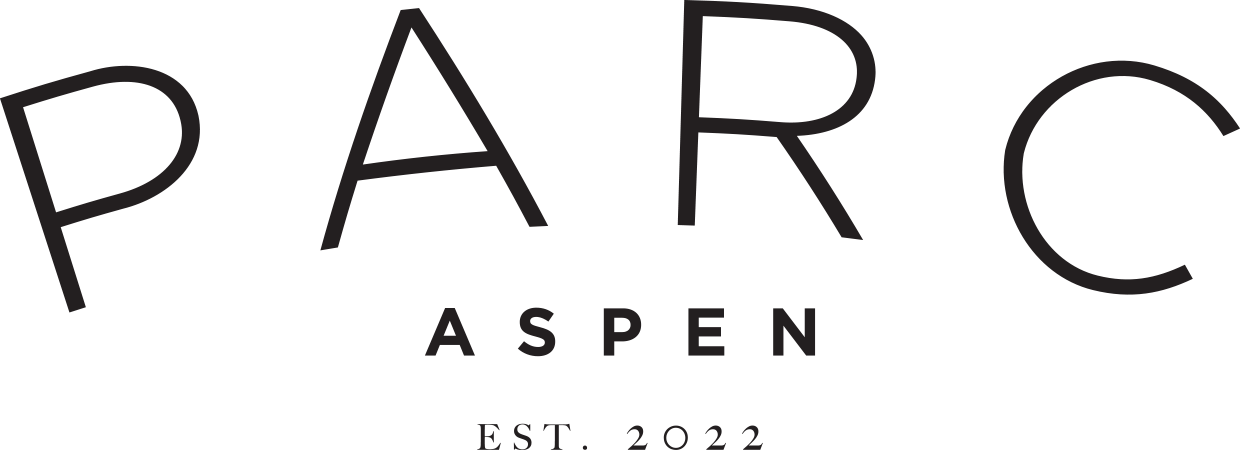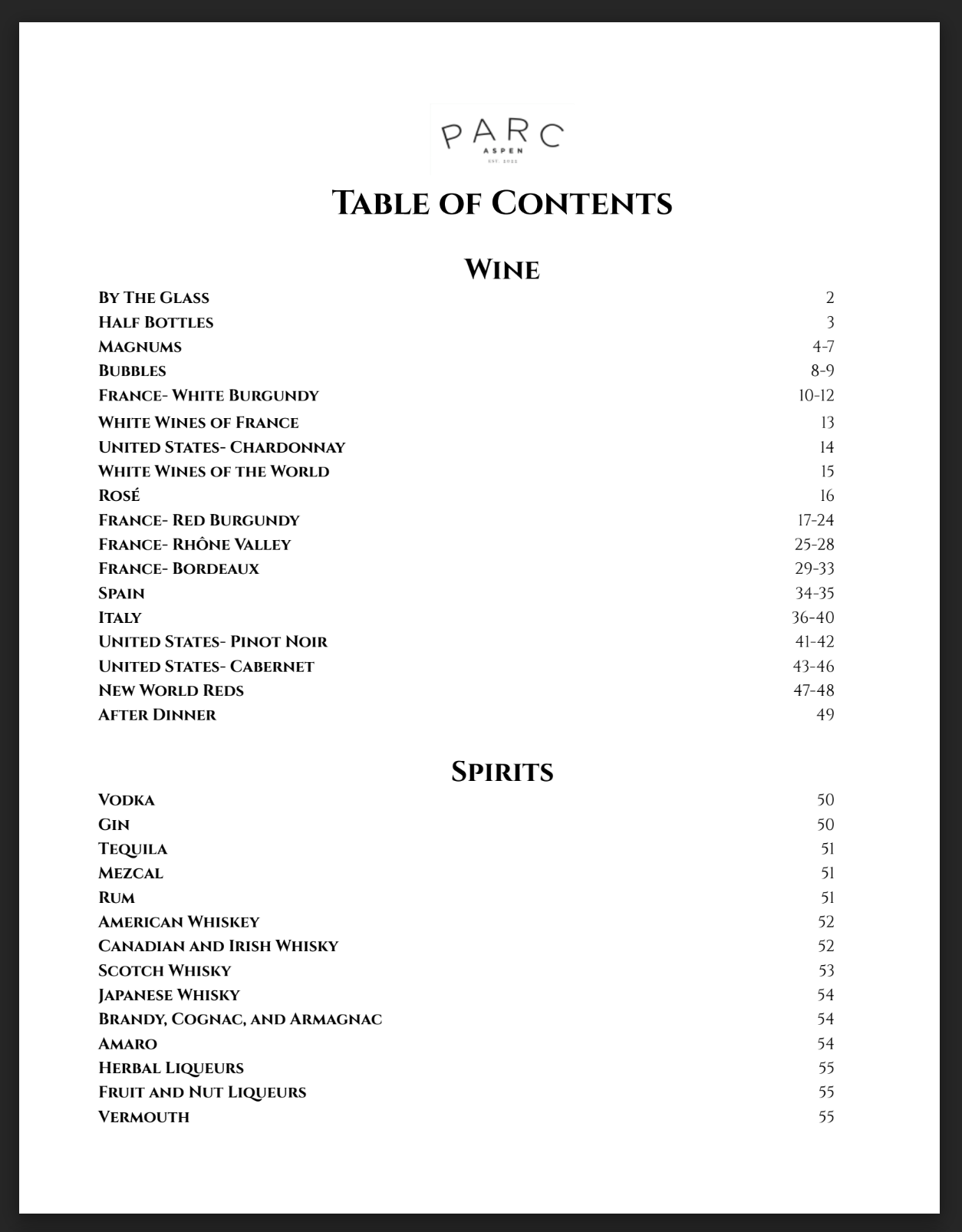The Secret Life Of Italian Wines
How The World's Oldest Wine Culture Continues To Be The Most Progressive
Last week’s flight night took guests on a tour of France’s Rhone Valley. Patrons were able to enjoy pours of Domaine Faury Saint-Joseph Blanc, Font du Loup, Le Puy Rolland, Châteauneuf-du-Pape, Julien Cecillon, Crozes-Hermitage and J.L. Chave, Sélection Farconnet while engaging in an informative discussion with our director of wine and beverage, Greg Van Wagner. Check out our blog covering these fine French wines here.
This week, we will cross the French Alps over to Italy - the country with some of the oldest wine-producing regions in the world. Unlike the wines of France, which have maintained their structure over the course of the last century, the wines of Italy are a fabulous juxtaposition of classic, universally recognized wines and ever-evolving tastes that do a wonderful job of keeping up with the times.
Before we dive into the many wine regions of Italy, let’s take a look at a brief history of Italy’s wine culture and how it continues to thrive today.
What Is Responsible For Italy’s Vibrant Wine Culture?
Italy’s wine culture dates back to 800 BC when it is recorded that Greeks brought the drink over to the country, and, in no time at all, this delightful beverage was quickly popularized and became a mainstay.
Consisting of a variety of altitudes and soil conditions, Italy is blessed with the ability to produce grapes spanning the spectrum of tannins, colors, and consistencies, making the wine culture wildly successful. In fact, these ideal conditions allow for vines to grow all over the country accounting for over 500 varieties of grapes.
The Italian wines we know and love today are shaped by Italy’s rich history that has spanned thousands of years. A majority of Italy’s 20 wine regions still stay true to the ancient methods of wine production while others have adopted more progressive methods that more closely match the changing times of wine production from around the world.
While PARC Aspen serves wines from over half of the 20 Italian wine regions, we will be taking a deeper dive into the following areas for this week’s flight night:
Those regions are:
Piemonte
Friuli and
Tuscany
Let’s first head to the northwest region of Italy where villages in the Piedmont region make their claim.
What Are The Characteristics Of The Wine From The Piedmont REgion Of Italy?
The Piedmont region of northwest Italy is known for its tradition in both food recipes and wine production and is home to the village of Baorlo, the first village we will explore.
The red grape of the Piedmont region, Nebbiolo, is responsible for the universally recognized taste of red, Italian wine. Wines from Barolo are regarded for their crunchy tannins, sweet, fragrant smells, and cherry, earthy notes. The notable flavors of this wine are created by the abundance of limestone in the soil of the region, which used to be an ocean floor. The limestone in the area is responsible for the acidity in the wine while the clay and sand are responsible for the powerful tannins and lighter, fruitier tastes.
What sets Barolo apart from many other regions in Italy is the winemaker's dedication to the changing landscape in the art of winemaking. Young winemakers had begun to visit other wine regions around the world becoming aware of the rapidly changing wine culture. In order to keep themselves hip and sought after, they began adopting techniques made popular around the world.
To the east of Barolo lies its younger brother, Barbaresco. Because these wines use the same Nebbiolo grape, it can sometimes be tricky to distinguish the taste between the two regions. But, if you pay close attention, you will notice the subtle distinction between the two. Barolo wines tend to be more dense and voluminous whereas Barbaresco wines are more gentle and fine; suited for easy drinking - this is due to the fact that Barbaresco has a warmer climate which allows the grapes to ripen earlier. Barbaresco is known more for its rich, spicy flavors but also possesses a perfumed sweetness which makes it a more robust red wine.
Let’s now head over to the western flank of Italy where the complex landscape of Tuscany produces some of the most versatile and exhilarating wines in the country.
What Are The Characteristics Of Tuscan Wines?
If the Nebbiolo grape is the star of the Piedmont wine scene, then Tuscany’s inspiration comes from Sangiovese, Italy’s other most notable red grape. Growing over the entire country, Structurally, Sangiovese is similar to Nebbiolo with its red fruit, high acid, tannins, and alcohol but the dark red fruit and no tar aromatics make this grape stand out on its own.
The Sangiovese grape is characterized by red fruit creating tart, cherry flavors with notes of spice - cinnamon, nutmeg - and can, at times, hold hints of licorice, rock, and graphite. The wine's power comes from the taste as the color often appears a translucent red.
The most impressive thing about the Sangiovese grape is its relentlessness. Able to grow in extreme climates such as Tuscany’s hot summers and frigid winters, this grape thrives in almost any condition bringing its power and tenacity straight from the grape into the glass.
Whether the grape is coming from the north-facing slopes at the highest altitude showing elevated acidity and explosive fragrance or the lower south-facing slopes carrying gentle tannins and minerality, the wines of Tuscany continue to dazzle us with their classic beauty.
Now, let’s head back up north - this time to the northeast to examine the light-bodied white wines of the Friuli region.
What Are The Characteristics Of The Wines From The Friuli Region?
The Piedmont and Tuscany regions showcase some of the world's finest red wines, yet the Friuli region is the superstar for white wines. Known as a haven for white wine lovers, Friuli wines impress with their fresh and elegant structure.
The Mediterranean climate and cold air from the alps of this region lend themselves to perfect conditions for white wine production - creating four distinct flavors from the four territories of the region.
The two high-quality regions, Colli Orientali and Collio, primarily utilize the Friulano grape variety. However, you can also find some Sauvignon Blanc, Chardonnay, and Pinot Grigio. Pinot Grigio, more abundant in Collio, gives nutty aromas with vanilla due to the oak barrels they are aged in.
The largest sub-region of Fruili, Grave del Friuli, accounts for half of the wine production. Here, high-quality Pinot Grigio and Prosecco wines are produced with the Pinot being slightly more intensely bodied than in Collio.
Lastly, the most northeastern sub-region, Carso, produces red, white, and more uniquely, “orange wines”, which gain color from leaving the skin on the white grapes during fermentation right. Here, Pinot Grigio is still the star of the show but can be blended with Ribolla Gialla, Malvasia, Vitovska, depending on the winemaker. Other notable wines from this region include Cabernet Franc, Cabernet Sauvignon, Chardonnay, Merlot and Sauvignon Blanc which also play a huge role in the popularity of Carso.
A fun fact about the red wines of Carso is they are heavy in iron which is reflective of the soil from which the grapes are grown. This has resulted in the wine being nicknamed Sangue (Blood) del Carso and is sometimes prescribed to individuals with iron deficiencies by doctors in the region.
Whether you are searching for red or white, light or full-bodied, dark or translucent, the versatility of Italy's wines makes them approachable for any wine drinker and easy to pair with a number of dishes, particularly the carefully curated main dishes at PARC Aspen.
What Italian Wines are Available At PARC Aspen?
PARC Aspen carries wines from 12 of the 20 wine regions in Italy.
The following regions are represented in PARC Aspen’s extensive wine list:
Barolo
Friuli
Brunello Di Montalcino
Tuscany
Barbaresco
Piemonte
Vento
Rosso Di Montalcino
Chianti
Umbria
Campania
Sicilia
Many of the regions are represented by multiple vintages and the entirety of our Italian wine list is composed of both red and white wines.
Learn More about Italian Wine At This Week’s Flight Night
Your flight night captain, Greg Van Wagner, is fully equipped to take you on a tour of the northern and western sides of Italy as you journey through a tasting of wines from Tuscany, Piemonte, and Friuli.
This week’s flight night will include:
2019 Petrussa Sauvignon Blanc, Friuli
2015 Cavallotto, Bricco Bochis, Barolo, Piemonte
2014 Piancornello, Brunello di Montalcino, Tuscany
2019 Tenuta di Trinoro, Le Cupole, Super Tuscan, Tuscany
Stop by any night to enjoy our well-rounded selections of Italian wines and fabulously curated seasonal main dishes!





